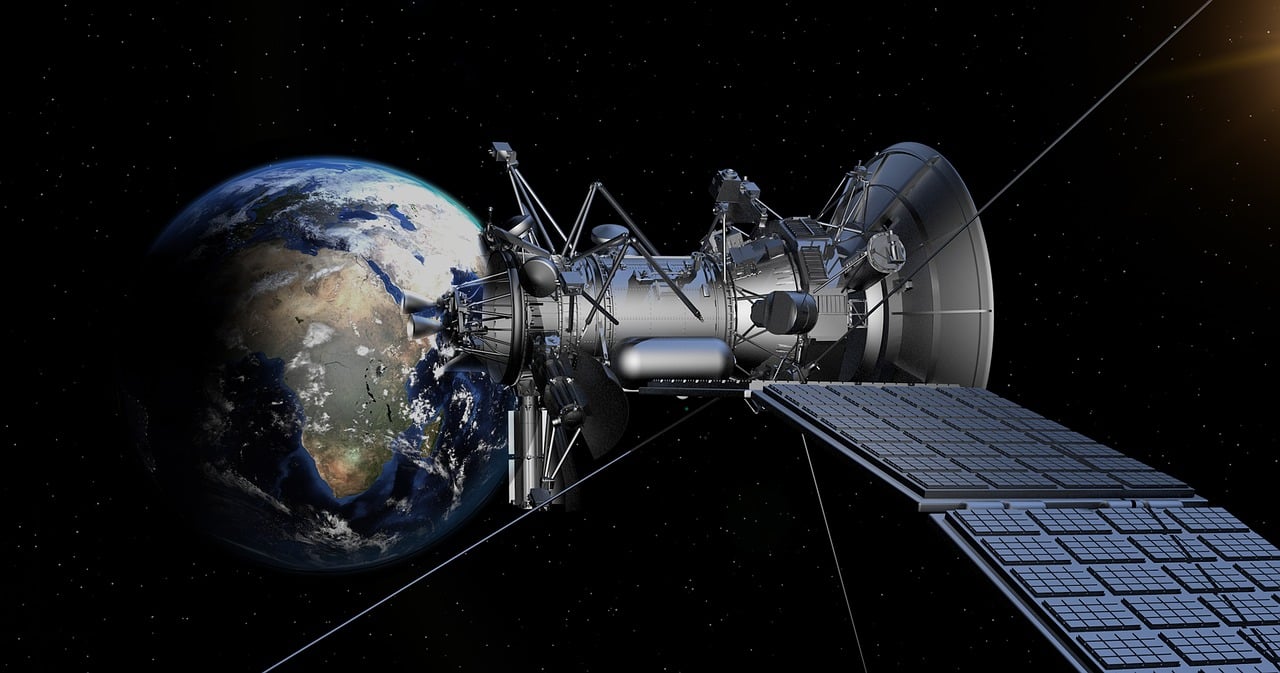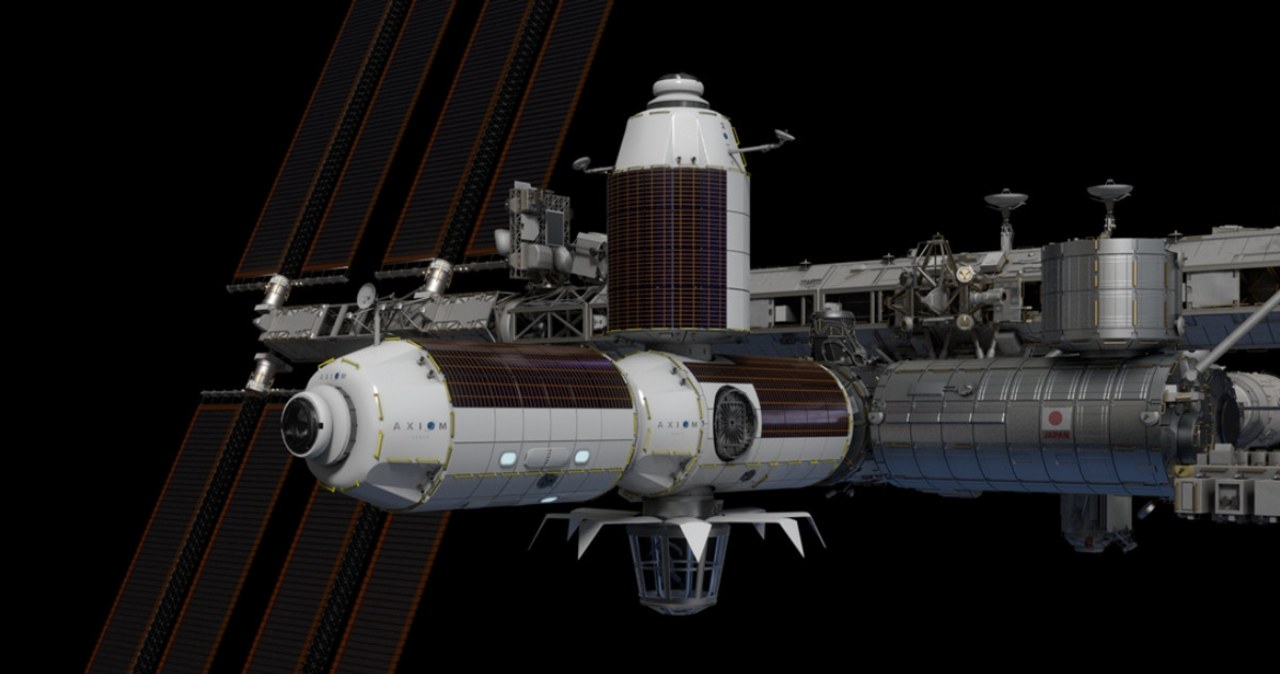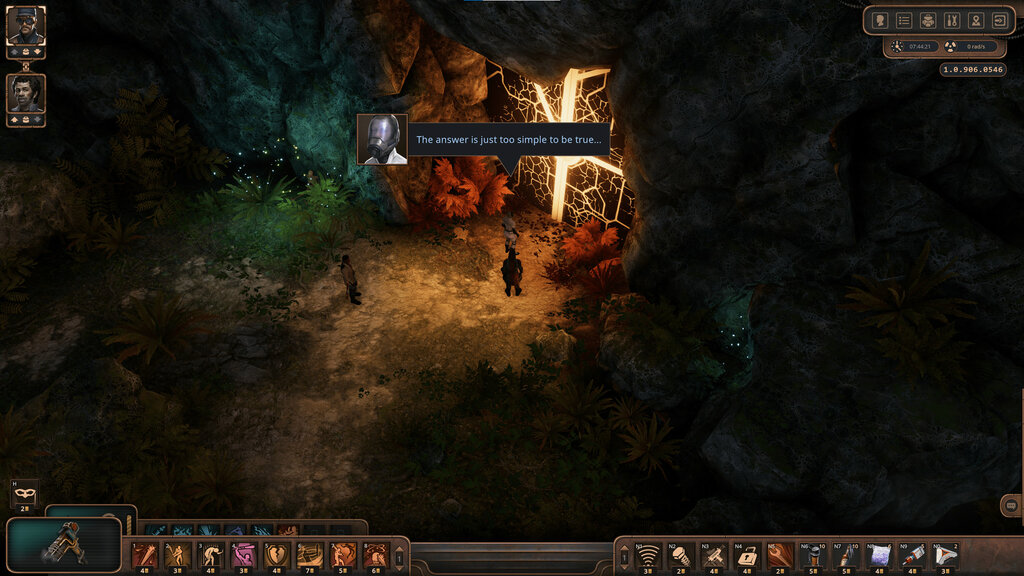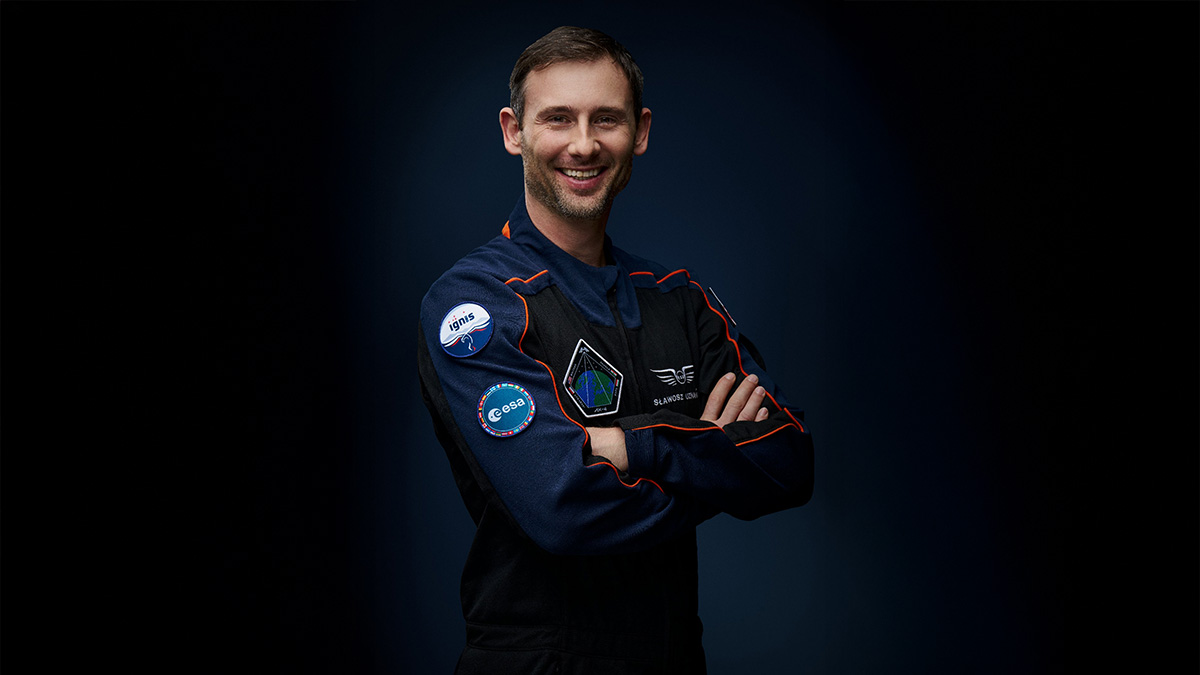The fuel switches that were cut off before the Air India plane crash are designed to prevent accidental activation and are used on every flight, an aviation expert has said. The switches cannot easily be turned off "accidentally" and pilots would normally run through a checklist before doing so.
The London-bound Boeing 787 Dreamliner crashed into a medical college shortly after taking off from Ahmedabad Airport on June 12, killing 241 people on board. Another 19 people also died and 67 were seriously injured.
Investigation reveals fuel switch mystery
A preliminary report from India's Aircraft Accident Investigation Bureau, published on Friday, said both of the plane's fuel switches moved to the "cut-off" position "immediately" after take-off. This stopped fuel supply to the engine.
"In the cockpit voice recording, one of the pilots is heard asking the other why did he cut-off. The other pilot responded that he did not do so," the report reads. The switches were then returned to their normal inflight position, which triggered an automatic engine relight and a thrust recovery procedure.
Mayday call before crash
While the engines started to recover, one of the pilots transmitted "mayday, mayday, mayday", before the plane was seen by air traffic control to crash outside the airport. The fuel switches are used at the end of every flight and in emergency scenarios such as a fire, said Professor Graham Braithwaite, director of aerospace and aviation at Cranfield University.
The switches are designed with safety in mind and positioned strategically in the cockpit. "For obvious reasons, the two switches are a distance apart, so not a huge distance, but enough that you couldn't accidentally switch two when you're trying to switch one," Professor Braithwaite said.
Expert calls incident highly unusual
"They're in that centre console, so that's in between the two pilots, so they can each reach them with the same ease," he added. Professor Braithwaite said that if the switch had been moved by a person, that would have been a "very unusual thing to do" at below 1,000 feet.
"It's not the point of flight where you try and call for your coffee, it's a period of flight where your focus is very, very clear, and that first 1,000 feet, it's about keeping the airplane climbing and that's not about clicking switches," he said. The aircraft was about 11 years old and the fuel switches had been changed two years ago.
Investigation could shift to police
Professor Braithwaite said the crash was a "really, really unusual event". He explained that if someone wilfully moved a switch, the investigation could change considerably from a safety investigation to a police investigation.
"If it wasn't clear that it was that wilful action, you'd be looking at, well, what kind of mistake might somebody have made?" he said. The expert noted that the authors of the preliminary report have been "very careful in their wording" to demonstrate they remain "open minded" about what could have happened.
Sole survivor speaks out
The only surviving passenger was Briton Vishwash Kumar Ramesh, who previously told The Sun it was a "miracle" he was alive but felt "terrible" he could not save his brother Ajay. Some 169 Indian passengers and 45 British nationals were killed, making it one of the deadliest plane crashes in terms of the number of British fatalities.
If the final investigation takes more than a year to complete, an interim report would be issued on the anniversary of the crash, Professor Braithwaite said. Interim recommendations could be made at any time during the investigation process.
Technical findings emerge
The preliminary report says that all crew members had been breathalised on their arrival at Ahmedabad airport, which found they were "fit to operate the flight". No significant bird activity was spotted near the flight path and the aircraft started to lose altitude before crossing the airport perimeter wall.
Both engines were retrieved from the wreckage and quarantined at a hangar in the nearby airport. Investigators have identified "components of interest for further examinations", the report says. Fuel samples taken from tanks used to refuel the aircraft were "satisfactory".
Air India pledges full cooperation
Statements have been taken from Mr Ramesh and witnesses by investigators, who will also be looking at the post-mortem examination reports of the crew and the passengers. This is being done "to corroborate aeromedical findings with the engineering appreciation", the report adds.
An Air India spokesman said: "Air India stands in solidarity with the families and those affected by the AI171 accident. We continue to mourn the loss and are fully committed to providing support during this difficult time." The airline said it continues to fully cooperate with the Aircraft Accident Investigation Bureau and other authorities as their investigation progresses.
(PA) Note: This article has been edited with the help of Artificial Intelligence.






